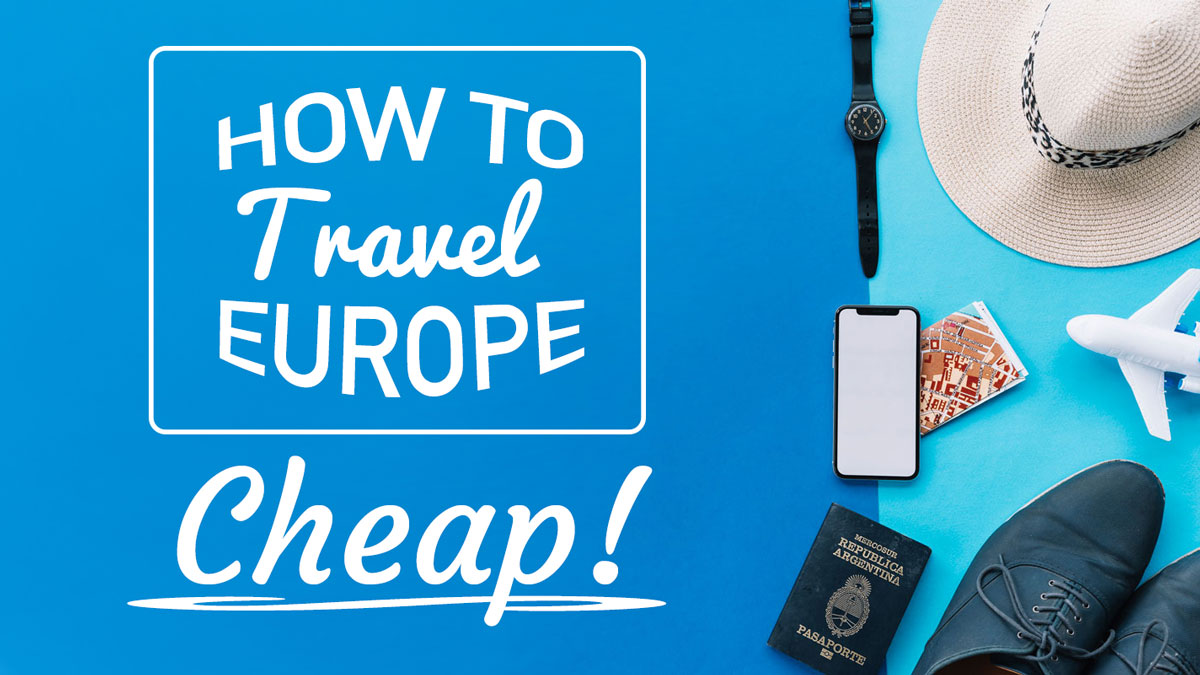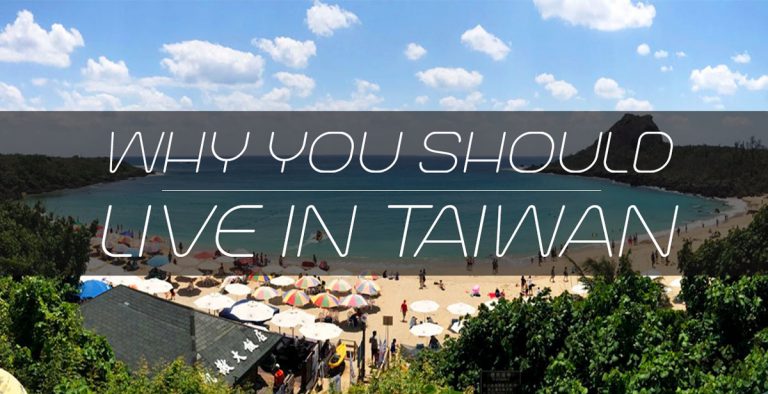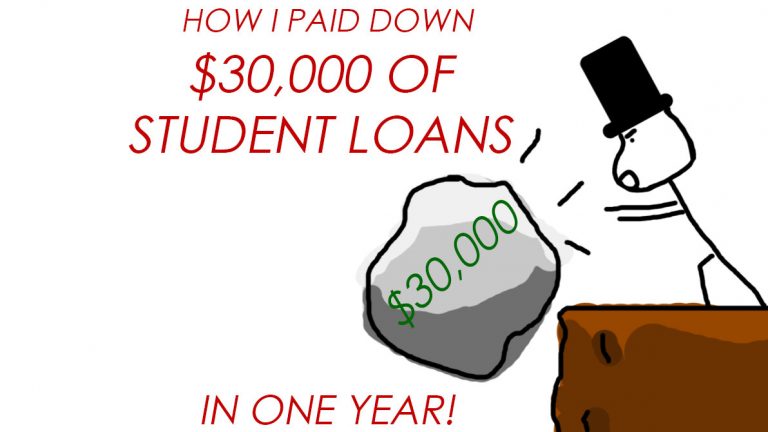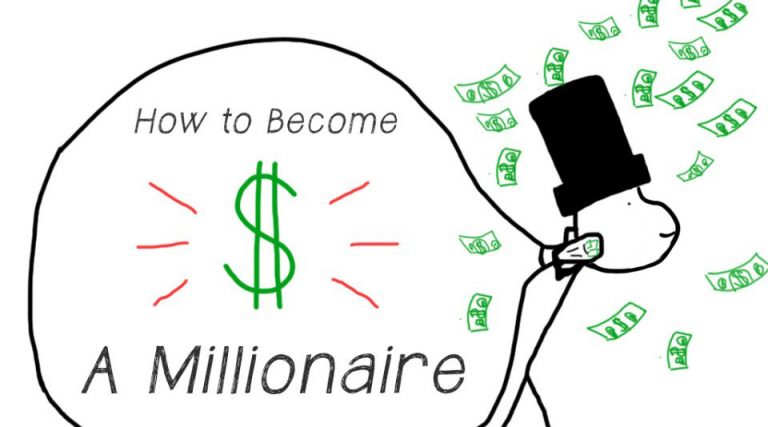Most people imagine a trip to Europe as a dream – a magical place of bicycles and baguettes. But also a place that will burn through your savings in no time.
But these days, with the rise of budget airline, cheap buses, and accommodation, traveling in Europe is more affordable than ever! So cheap, that it is entirely possible to visit Europe for less than $1000 a month!
Getting There
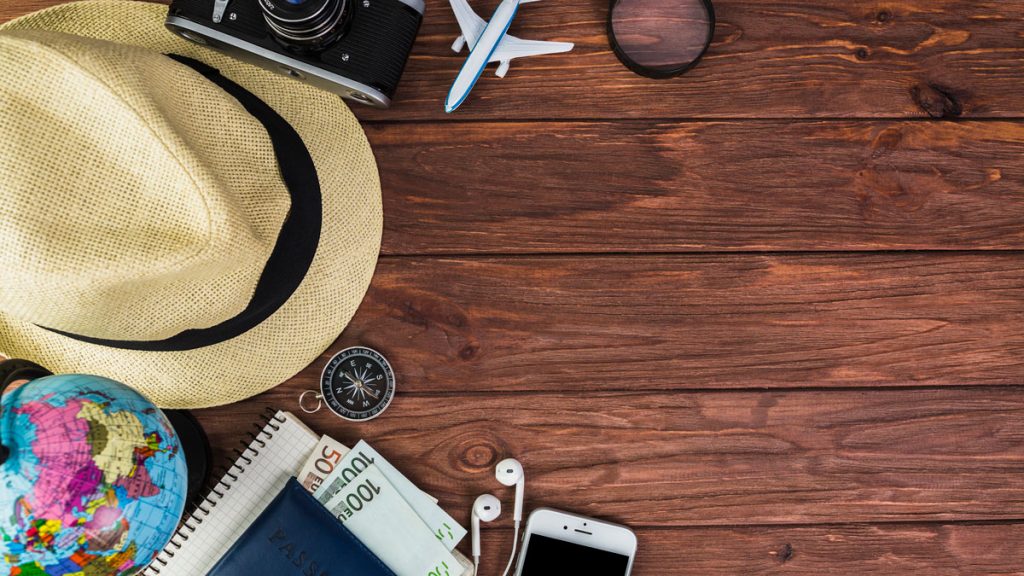
Depending on your location, time of year, and airline carrier, your flight ticket getting to Europe can vary greatly. Therefore, I will not be factoring in the cost of an airplane ticket. But that doesn’t mean that there aren’r great deals to be had!
By booking far in advance, and keeping your dates and cities flexible you can find some pretty amazing tickets!
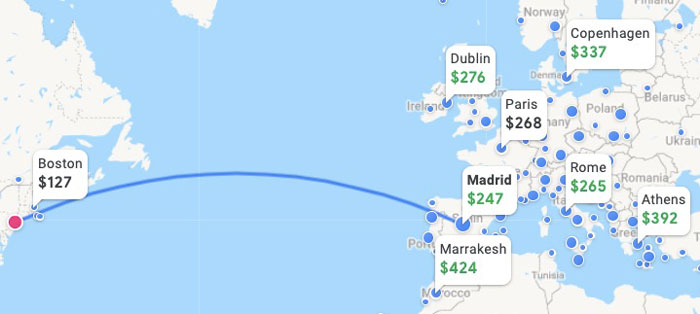
My go to tool for booking any flight is Google Flights because you can choose your departure city and a departure window of a week to 6 months out to snag the cheapest ticket.
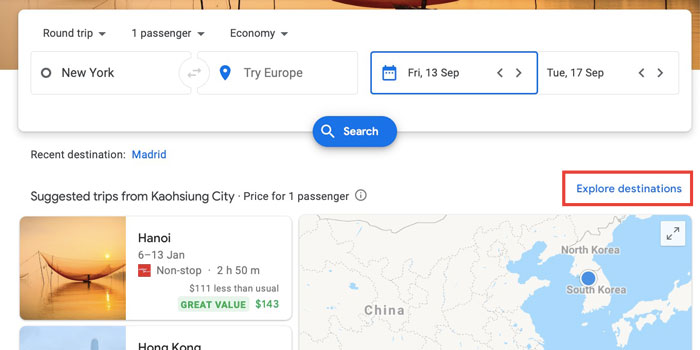
This tool also lets you see a map of every city in Europe – so it is simply a matter of getting on the continent then starting your trip from that city. If you want to backpack on the cheap, the first rule is to be flexible!
How to Travel Europe for Cheap
Make a Budget!

If you want to travel Europe on the cheap, then you need to stick to a budget. This means giving your self a daily allowance to spend, and sticking to it!
If we assume you have 30 days in a month, this gives you $33 dollars (or about $30 euros) to spend each day on food, lodging, transportation, and fun.
It may sound like not much money, but with a bit of planning it is completely possible!
Track Every Euro
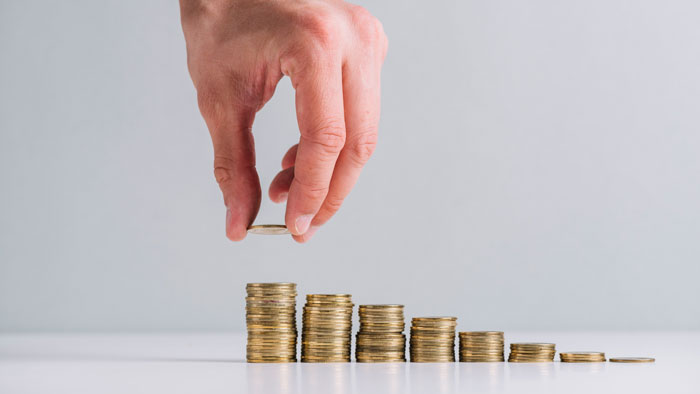
The easiest way to stick to your budget is to write down every Euro you spend! I use a free app called Ahorro which lets you easily categorize your expenses.
On my trip I used a free budgeting app called Ahorro that lets you set a monthly limit, and categorize your spending.
Simply make a habit of pulling out your phone to track your spending every time you open your wallet.
Remember – Every Euro Counts!
Travel Lite!
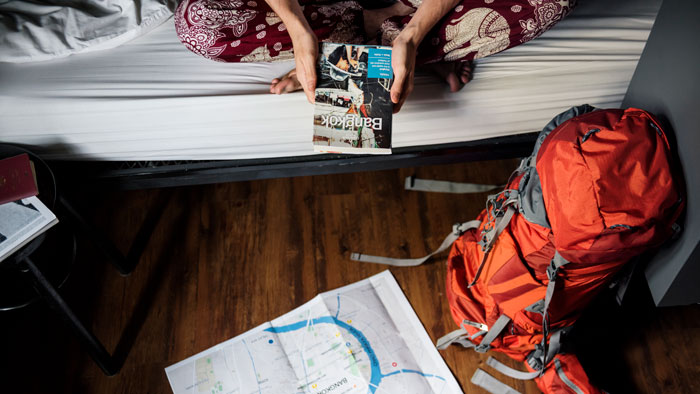
If you can help it try to travel with the absolute minimum amount of luggage. It may not seem so at first, but having less things will help make things like walking, flying, and finding accommodation much cheaper and stress free!
The key to landing cheap flights is travel with a single backpack at under 10 kilograms.
Overall, I manage to keep my luggage to a standard school sized backpack, with a week of clean underwear, 5 shirts, 1 pair of pants, and 2 shorts (and yes, I do laundry once a week).
This, with a laptop, tooth brush, and a few essentials and you will able to travel not only lite but extra cheap!
Transportation

Transportation is likely going to be your single biggest expense when traveling Europe. Not including your flight from your home country, just getting from city to city, and place to place can quickly add up.
Luckily there are many new budget friendly options that make traveling between cities cheaper than ever before.
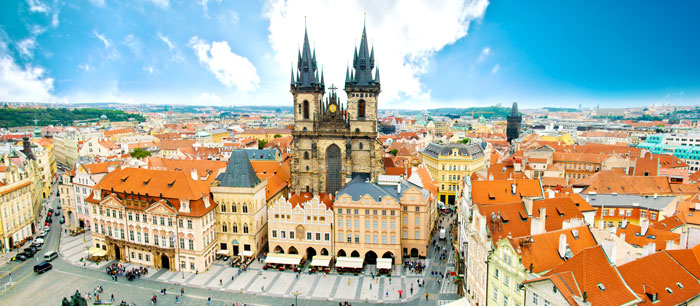
Getting Between Cities
Omio

Omio is a website that compares buses, trains, planes, and ride shares to show you the cheapest routes. Generally, planes and trains will be the priciest option (but also the most comfortable), with buses and ride shares being the cheapest. Sometimes though you can find surprise deals, so it is always good to check here first.
FlixBus
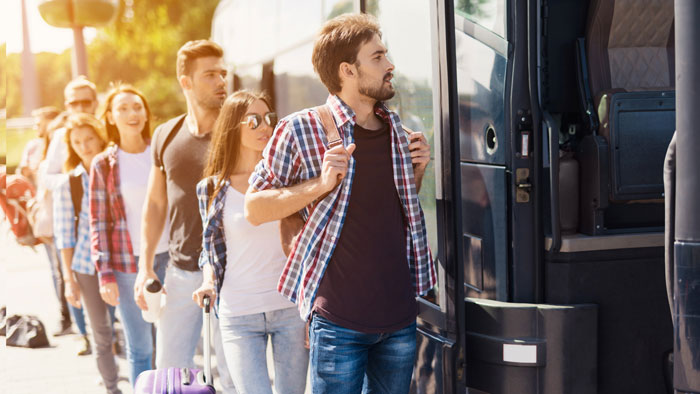
FlixBus is a relatively new company, and offers intercity busses to nearly every place in Europe. Overall, I have found FlixBus to be the cheapest way to get around about 80% of the time.
But there are still come cities that are not covered, or that are a bit pricey. In that case you should look into ride-sharing.
BlaBla Car

BlaBla Car is a bit like a bus, and long-distance Uber mixed into one. The service allows locals traveling between cities to offer up their empty seats for a fee.
Typically seats are very cheap and help the driver pay for tolls and gas. I have only had positive expriences with Blabla, and all the drivers have been punctual and friendly.
Low Cost Flights

As you have proabably heard before, Europe is the king of low cost flights. With companies like RyanAir and Wizz, it is possible to find tickets for less than 20 Euros. These are great if you want to hop from one end of the continent to the other, but these cheap tickets do come with some catches.
Often flights leave early in the morning, or late at night often meaning you need to arrive the night before and sleep at the airport (which I have done). Also, typically baggage is limited to a standard school sized backpack, and anything extra will cost you money.
Also, companies like RyanAir will often fly to small airports far outside the city, so do your research before! You might be buying an extra bus ticket from the airport to your “real” final destination.
Getting Around the City
Another major expense is going to be your transportation when you arrive in a city. Luckily most cities have trams, subways and busses which make getting to all the famous spots easy.
Use Google Maps!

If you are in a foreign environment, nothing is more helpful than having turn-by-turn directions. Not only will Google maps tell you how to get to your destination, but it will compare public transit options, walking and biking to show you your fastsest (and cheapest route).
Public Transit
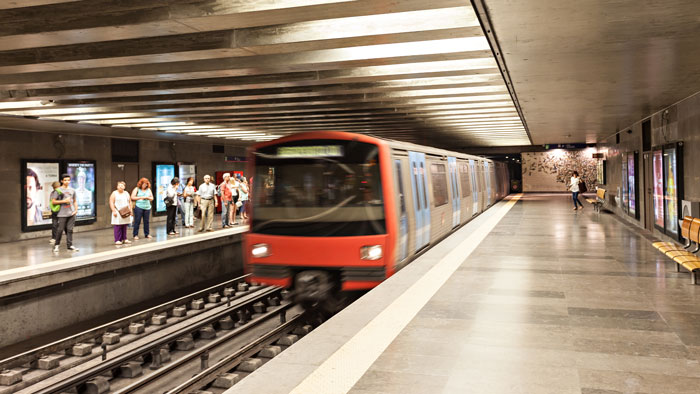
Typically tickets on public transit run anywhere form 1-3 euros depending on the city. If you are going to be moving around this city, these costs can add up fast!

Most cities offer day passes or 10-ride tickets which are often much cheaper than buying single-journey tickets individually. Simply by thinking ahead, and buying your tickets in bulk, you can save a lot of money.
Bike and Scooter Sharing

Recently many public bike sharing companies have popped up. When the bus or subway doesn’t reach your desination, using a bike or electric scooter can be much cheaper than hailing a taxi.
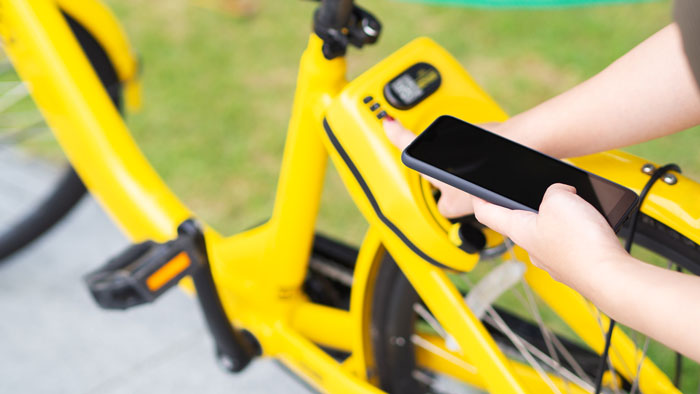
These bike shares work by installing an app, and scanning the bikes QR code to unlock. Bikes typically start at 1 euro for the first 10 minutes.
Walk!

This may seem obvious, but walking is not only free, but it will also allow you to really take in the city. Take your time, and make your travel time part of the experience!
Lodging
Hostels

If you are looking to stick to a strict budget, then hostels are your best budget. Depending on the city, hostels will cost you about 10-20 euros a night for a bed in a shared room. Hostels are a great way to save money, and meet fellow back-packers along the way.
So far, I have yet to have a bad experience staying in hostels. Two of the biggest sites are HostelWorld and HostelBookers.
AirBNB

For those few days that you need a bit more privacy, AirBNB can be a great alternative. Prices tend to be a bit higher, but it is still possible to find a private room outside the city center for 15-20 euros. Plus, you can also meet some local hosts to help get you familiar with the city.
Couch Surfing
If you are feeling even more adventurous, couch surfing can be your ticket to a free nights stay. Typically, locals will offer up a place to sleep (bed, couch, floor, etc.) in exchange, you help build up each other’s profile with reviews for when they want to travel in the future.
Couch surfing will definitely take a lot more planning and effort, but it is worth looking into if you really want to stick to your budget.
Food
Cook your own meals

If you are traveling for an extended period of time, then you can’t expect to eat 3 meals a day out at a restaurant. Being frugal on your food budget, and cooking most of your meals is one of the easiest ways to save money.
Best of all, most Hostels and AirBNBs offer kitchen access, which makes cooking easy.
Typically, I will cook my self a big breakfast to hold me through most of the day, and budget 5-10 euros for food and drinks outside. This allows you enough money for a budget meal a day to experience the local food.
Eat in Super Markets

When you are out in the city, super markets can be a great place to pick up a quick drink or snack, You can often make a grab and go meal for 2 or 3 euros with a piece of fruit, yogurt, pastry and sandwich.
Also, going to a full super market, and avoiding conveniences stores all together can save you money in the long run.
Doners and Kebabs

Backpacking around Europe, you will quickly discover that the cheapest and most convenient food for on the go is at one of the many Doner and Kebab shops.
These stores usually sell wraps, sandwiches, falafel, and even pizza. You can typically get a massive meal from 3-5 euros. In terms of Euros vs. over all quantity and flavor, these shops are your best friend.
Eat like a Local
For those days that you really do want to eat out and have an authentic local meal, try to get out of the tourist center and eat where the locals go. My general rule of thumb is, if the menu is predominately in English, and the customers are all foreigners, then to stay away.
Not only are local restaurants cheaper, they are more authentic and better quality than in the tourist traps! Ask around, and do some research if you really want to save money and find some hidden gems.
No Drinking Out

If you plan to go to bars and clubs, then alcohol can rip through your budget FAST. The great thing about Europe is that wine, beers and spirits can be purchased in super markets for much cheaper than you would find out at a bar or resturaunt.
Remember, in Europe it is legal to drink on the streets! So, If you plan to drink, buy your booze before hand, and drink, with other backpackers at your hostel or outside in the city.

Fun
Aside from eating and drinking, you will want to fill your time doing some other activities. Touristy spots can be expensive, but they don’t always have to be!
Avoid Entry Fees
Things like museams, castles, and historical sites tend to have entry fees which can add up quickly. A few Euros here and there, and soon you have blown through your daily budget. Luckily many popular sites have free hours, or free days and planning ahead can save you big time.
Make your own walking tours

Aside from paid attractions, most cities throughout Europe have a plethora of free sites and activities to fill your day. Many cities also have free walking tours provided by students looking to practice English, and you can tip as much or little as you like at the end of the tour.
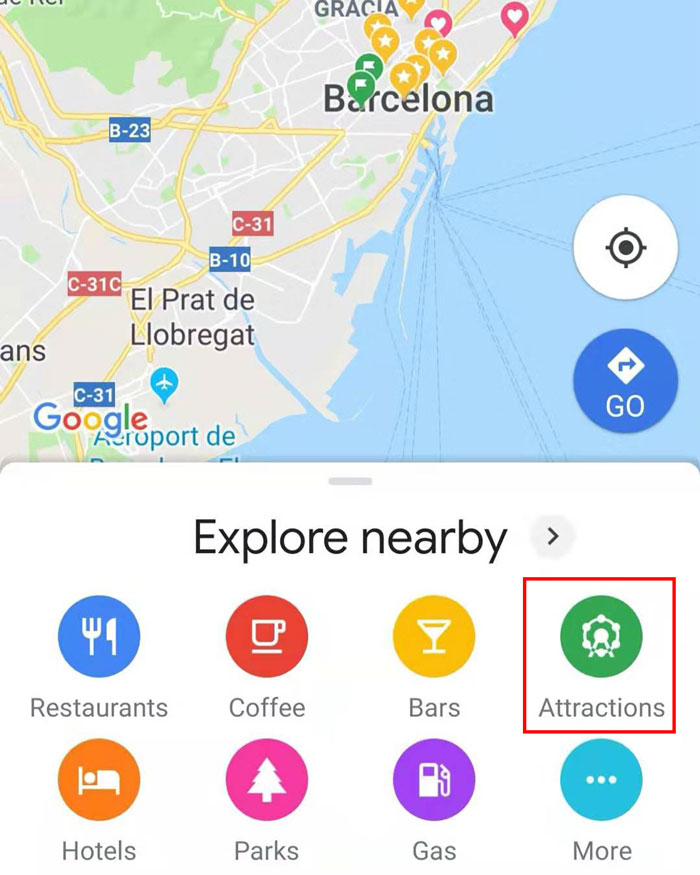
You can also use the Google Maps “attractions” button to plan out your city, and get around on foot or public transit.
Meet Some Locals

It is really true – People make a city! To really experience any place you visit, you should really try to meet up with some locals. Websites like MeetUp and Couchsurfing have tools made for pairing up with locals, or join city activities.
If you are single, you can also use dating apps like Tinder for a nice night out. Offline, you can also visit events, bars, or other public spaces. It is possible you will make life-long friends on your travels!

More Money Saving Tips
Travel Outside the Euro-Zone
Yes, Places like Spain, France, and Italy get all the attention, but countries outside the Eurozone are more than worth a visit! Not only will these countries be cheaper, but they often have far less tourists, are less commercialized, and overall more “authentic” Europe.
Some of my highlights were Croatia, Hungary, and Serbia to name a few!
Visit Smaller Cities

I often find that the biggest or most famous cities are not always the best. And often times smaller cities can give a more local vibe at a cheaper price.
Thinking of going to Venice? Try Florence, Italy!
Want to visit Barcelona? Consider Valencia, Spain!
Planning to visit Asterdam? Hop over to Rotterdam instead!
Lots of these cities have a similar feel, but are much less crowded, and a lot more affordable too.
Get a Local Sim Card
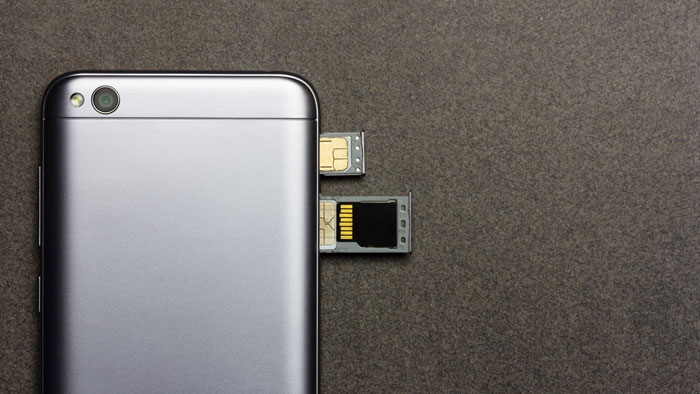
No matter where you travel to, purchasing a local sim card is a must. Often times, what you pay in one day of roaming is the same price as one month on a local sim! I paid 15 euros a month for 5GB (you can find even better deals too).
Best of all, all sim cards purchased in the EU offer free roaming to all EU countries! That means you can travel most of the continent without switching your sim.
Popular carriers include T-Mobile, O2 and Vodaphone (to name a few). Shop around and switch your sim to save a boat load of money.
Bring your own water bottle
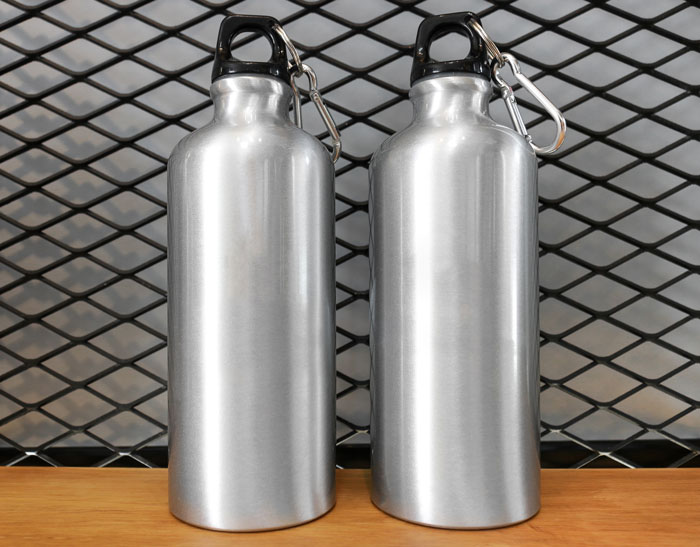
If you are backpacking and walking, you are going to need a lot of water. 1 Euro a bottle may not seem like a lot, but can add up fast. Virtually all countries in Europe (East and West) have clean, high quality, free-to-drink tap water which is safe to drink.
Avoid ATM and Conversion Fees
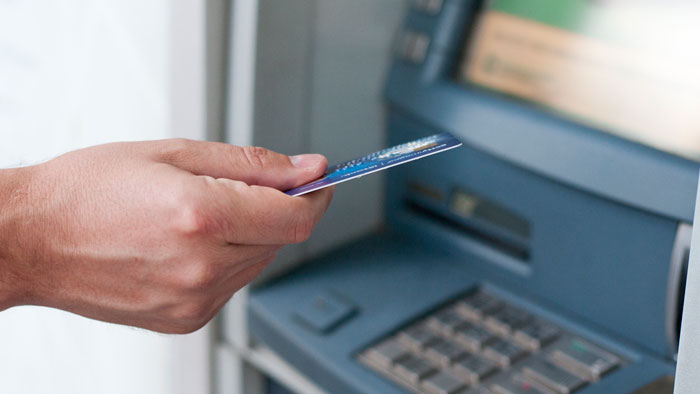
As a general rule, I say stay away from cash conversion stores and banks all together. Not only do they give a sub-market exchange rate, but their fees are often super high. When traveling,
I simply use a travel friendly debit card with no ATM fees (Charlse Schwab or TD Bank). Withdrawing money from an ATM directly with a fee-free debit card means you get the best market rate and avoid any bank fees too.
WARNING: Many European ATMs will often show you a conversion rate.
For example: “Your withdrawal of 200Euros = $244.67USD, Do you Accept?”
ALWAYS choose NO/Decline. This is the banks trying to accept an inferior exchange rate. After you decline the shitty rate, your transaction will still go through, but at the market rate.
Additionally, they may ask “Do you want to be charged in Euros or USD”. Always choose the local currency of the country. If you choose your home currency, you will also get a sub-par rate and end up spending a 10-15% premium.
The banks can be a bit shady, but if you always choose the local currency, and decline any exchange rates, you will get charged virtually no fees.
Count Your Change
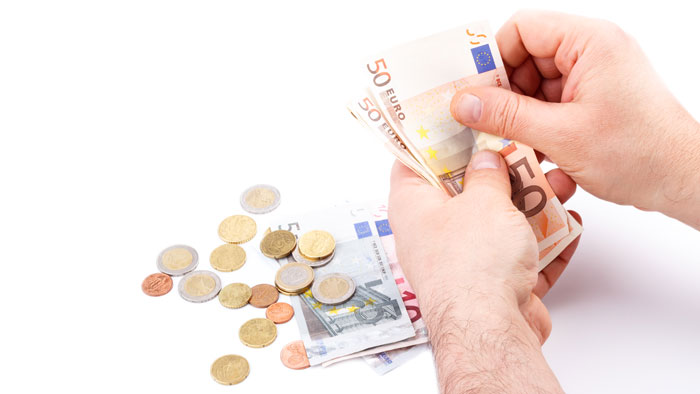
It doesn’t matter if you studied Italian in High School, when you are traveling, you will stand out like a sore thumb. On multiple occasions after paying I have had cashiers and waiters short me a considerable amount of change, expecting you not to count it.
When you get your money back promptly count it, and politely speak up if you are missing a few Euros.
My Experience Backpacking Europe
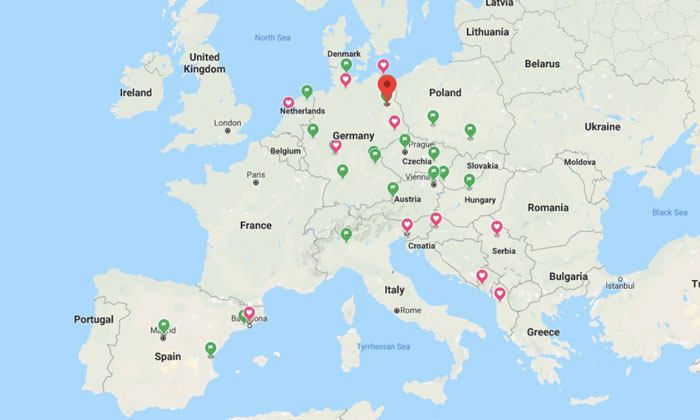
Over the summer I managed to backpack Europe for 3 months, spending only $3472 dollars including round trip tickets! That is even cheaper than most people will spend staying in their home countries!
In all I visited 13 countries and made a life time of memories. I can say that my time spent there was definitely worth it!
Share Your Experience!
If you are planning a backpacking trip to Europe soon or have any questions about my journey please feel free to ask them in the comments below! Or if you have any other advice you want to add please let everyone else know.
Stay in the Loop!
Share aDay is all about living better and working smarter. If you are interested in working online, traveling, and financial independence, then subscribe to the site!
You can also follow my investment journey on Facebook and Twitter, and subscribe to Share aDay above for notifications of new tips, tricks and updates along my investment journey.

